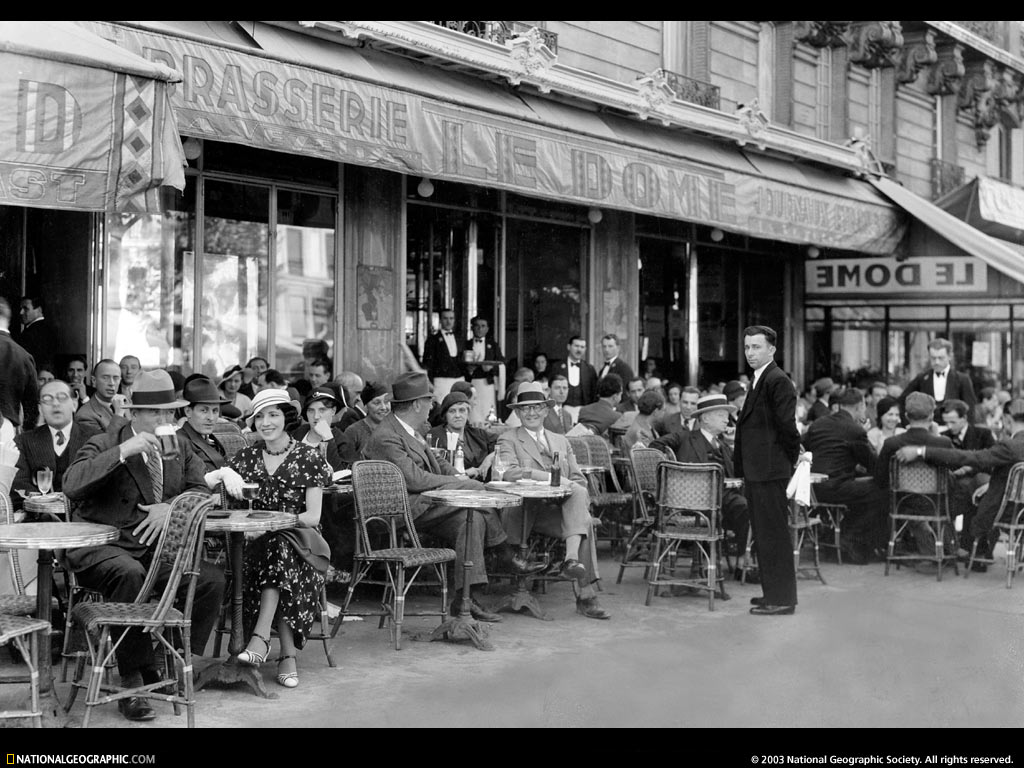"As we draw nearer to the sacred Ganges, the crowd of pilgrims that is wending its way thither, grows larger, more cosmopolitan, and more interesting. Here are Hindus from every part of India and of every conceivable caste."--Our Journey Around the World, page 338
We trundled across the Middle East in a series of train
rides and caravans, through the relentless heat of the deserts and cities that
scatter the landscape. We saw
elephants and camels and monkeys, all tamed in quite unnatural ways, doing the
work of horses or people in the villages.
Life here revolves around the force of the sun, and escaping the heat is
always a consideration for the daily lives of the people. People work fewer and more obscure
hours, taking a nap in the heat of the day or using their precious water supply
to cool off the children or animals.
 |
| Beggars and children in the streets of Calcutta, Our Journey Around the World |
We visited one such orphanage, run by sisters from Ireland,
and were invited to spend the day overseeing and assisting with their daily
operations. Dozens of children
live in the small compound, which is really just an old house modified with
beds, classrooms, and play spaces.
Many of the children are biological brothers and sisters who were
brought here by a distant relative or older sibling when their parents died, or
didn’t return from a day of work on the streets. Their stories are sad, but the children are all laughs, and
loved meeting new people such as ourselves. We played games in the dirt with them outside the house, and
ate their meager portions of rice and water for lunch, squatting in a circle on
the dirt floor of the kitchen.
Living in filth or squalor is all relative, and for these kids the
orphanage is a safe, healthy place far superior to anything they have ever known. The nuns are kind and work hard to provide
basic skills to the children to hopefully improve their standing in the world
by the time they are old enough to leave.
Children older than about eight years old must work, but at least here
they are able to split their time between learning in the classroom and begging
or doing odd jobs in the streets. It’s
a dangerous life, but they do the best they can with what they have. They certainly understand the value of
a hot meal or place to sleep far better than any western child I have ever
known.
 |
| Bathers of all kinds flock to the sacred Ganges River. |
In addition to the orphanage, which opened our eyes more
than any other spectacular landscape or adventure on this entire journey we
also observed the activity of the sacred Ganges river. Men, women, and children from all
classes flock to the river for its sacred healing powers. It is brown, muddy, and certainly
disease ridden, but the people feel no qualms stripping out of their saris and
robes and wading right in. I would
be nervous in that still, muddled water that a snake or other creature would
come with malicious intents, but apparently the power of prayer works well
here. We touched our hands and
feet to the water, simply for the experience, but it was far too crowded for us
to go any further, not that we had a desire to.
India is a magical land, filled with much sadness and
disease but also rich with stories and human kindness. The hot sun beats down relentlessly as
we travel through, reminding us of the importance of a safe refuge and making
us thankful for everything we have.













